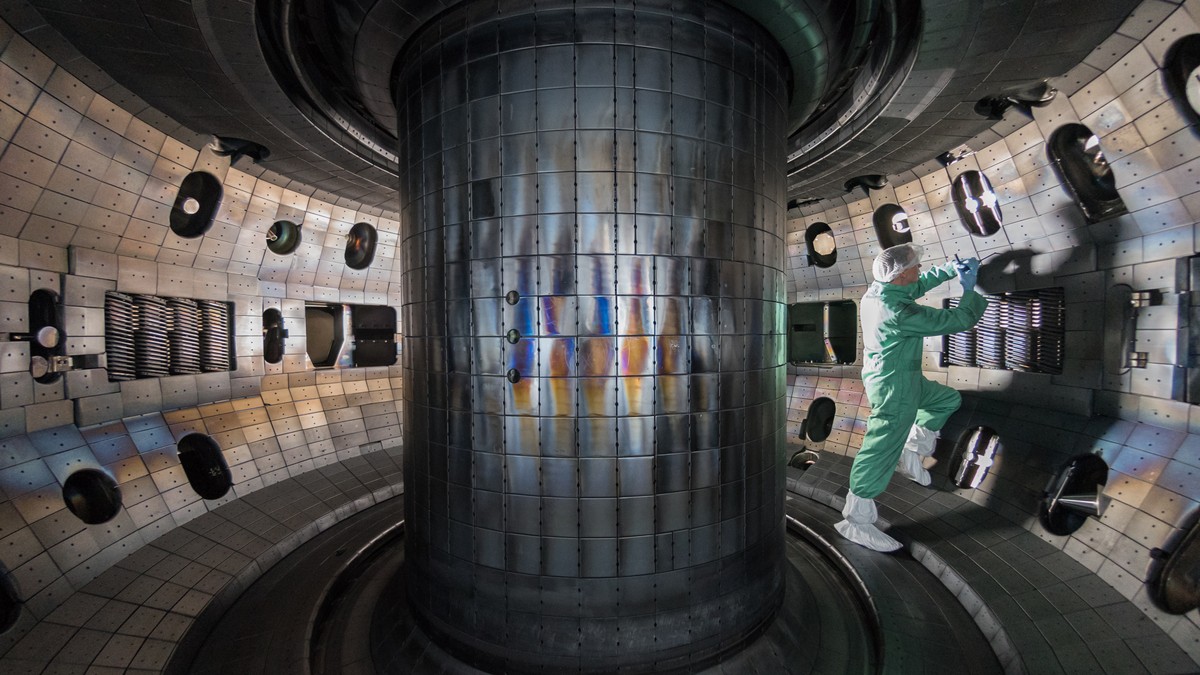There are numerous obstacles on the journey towards achieving nuclear fusion, the process that powers the sun by fusing atoms to produce energy. These challenges include generating surplus energy to operate the reactors, developing resilient building materials for the reactors, maintaining purity within the reactor, and effectively confining the fuel within it, among others.
A recent breakthrough comes from researchers at Princeton University and the Princeton Plasma Physics Laboratory who have introduced an AI model aimed at addressing the issue of plasma instability in fusion reactors. This innovative model not only predicts potential instabilities but also devises strategies to prevent plasma from becoming unstable and escaping the powerful magnetic fields that contain it within donut-shaped reactors. Their groundbreaking findings were published in the journal Nature.
The donut-shaped tokamak reactors utilize magnetic fields to compress plasma particles together, ensuring they remain in constant motion within a ring, thereby sustaining a fusion reaction. Despite being a leading design for practical fusion reactors, even a minor disruption to the magnetic field lines can lead to the plasma escaping its confinement, halting the reaction.
Plasma physicist Chijin Xiao from the University of Saskatchewan emphasized the severe consequences of such instabilities, including the potential release of stored energy as thermal energy, which could damage the reactor walls. Moreover, sudden changes in magnetic currents could exert destructive forces on the reactor itself.
The researchers’ model can anticipate tearing mode instabilities occurring 300 milliseconds before they manifest, providing a crucial window for intervention to stabilize the plasma. By leveraging real data from past fusion experiments rather than relying solely on theoretical models, the AI system demonstrated the ability to regulate power input and plasma shape effectively.
Co-author Azarakhsh Jalalvand highlighted the model’s success in learning the optimal pathway to maintain a high-powered reaction while averting instabilities, without requiring an exhaustive understanding of fusion physics. This approach marks a significant advancement compared to previous studies that focused on suppressing instabilities post-occurrence.
While tearing mode instabilities pose a significant challenge, there are various other ways in which plasma can exhibit instability. Addressing these challenges is essential for advancing clean fusion energy production, especially as efforts intensify to achieve higher energy outputs.
AI is poised to play a pivotal role in managing and sustaining fusion reactions, offering the potential for enhanced control and operational efficiency. The study represents a promising proof-of-concept stage, with ongoing efforts aimed at refining the model for broader application across different reactors and energy optimization purposes.










